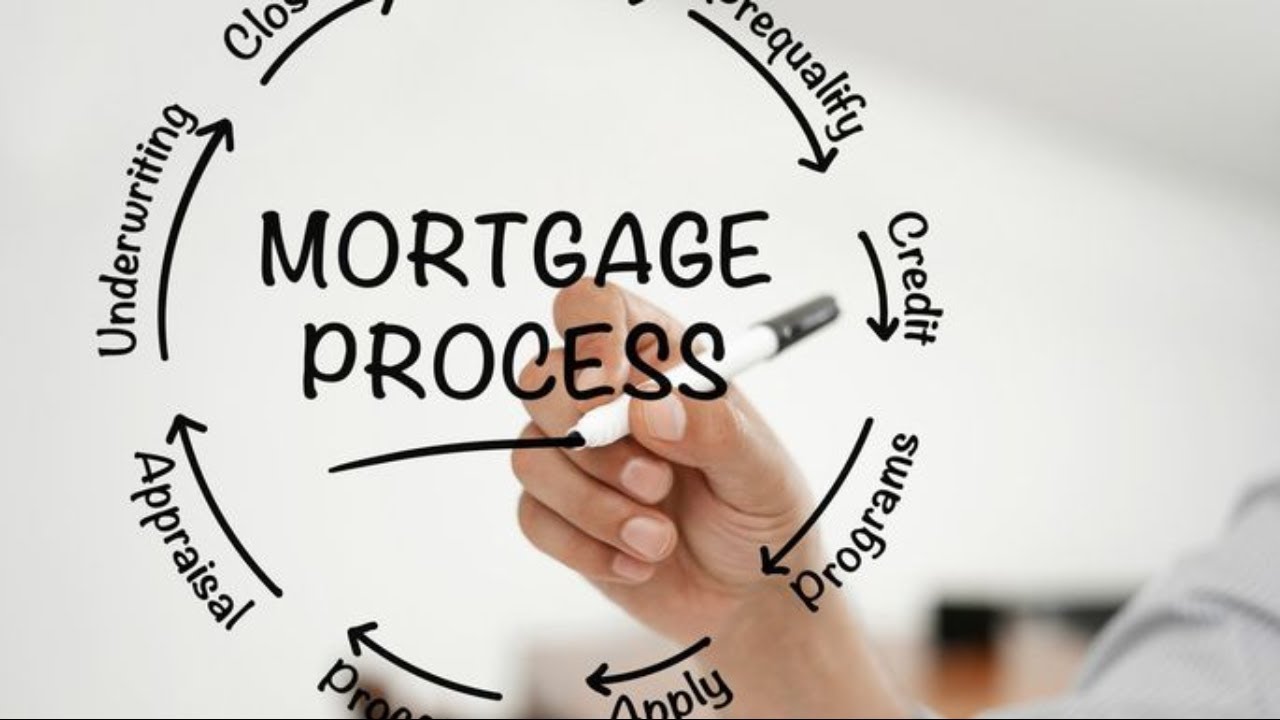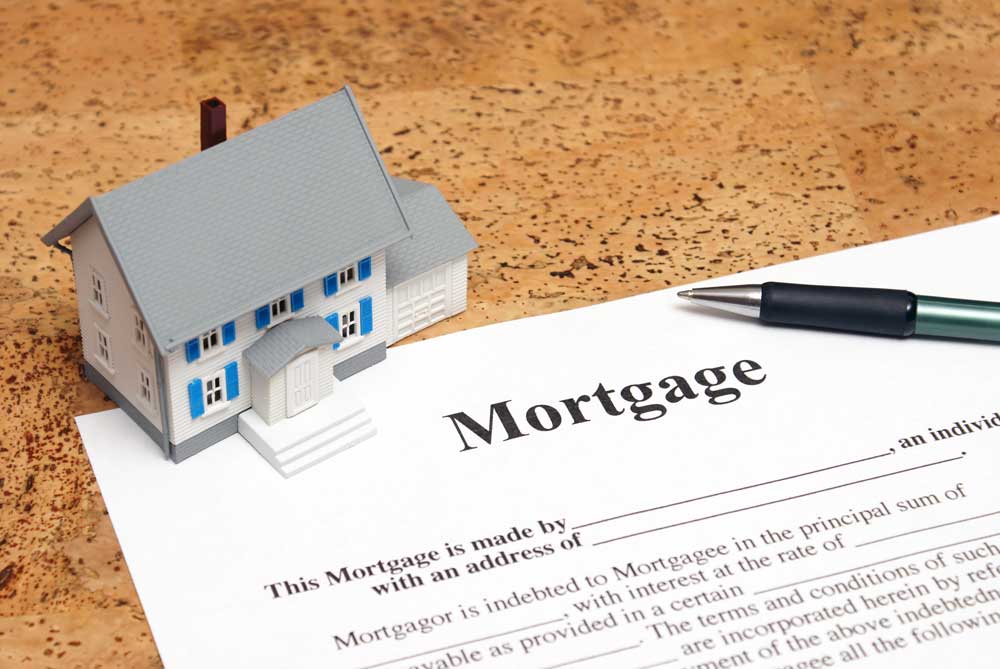Navigating the Mortgage Process: From Application to Approval
While home ownership is a complicated undertaking involving several steps, it can be an extremely fascinating endeavor. Sometimes, filing a mortgage application and securing approval proves much like navigating a maze, and understanding the aspects involved in mortgage processes can go a long way towards making it less complex and confusing.
In this article, we want to demystify the mortgage and show you how it works starting from applying for a mortgage loan through the approval stage.
Understanding the Mortgage Process
The journey from dreaming about homeownership to unlocking the door of your new home involves several stages. The first step is understanding the mortgage process itself. A mortgage is a loan specifically used to purchase real estate, and it is secured by the property being financed. The process typically begins with an application, where potential homebuyers provide detailed information about their financial situation to a lender.

Mortgage Process: Navigating the Journey Home
1. Application Initiation and Gathering Documentation
For someone to start the mortgage process, they'll have to fill out an application form detailing their assets and liabilities. The document illustrates the amount of money employees have received, where they are coming from, and the job details themselves. The lender makes several terms and conditions for the loan, according to the borrower's income.
To ace the application process and have an edge, one must be vigilant in gathering all relevant credentials. To promote the honest disclosure of financial position, a clear line of communication between the lending and borrowing parties is essential. This will help smoothen how future stages are conducted.
2. Pre-Approval: Setting the Stage
Once the application for a loan is submitted, the lender then evaluates all documents of creditworthiness provided by the applicant. This assessment helps him decide whether to issue a prequalification or a preapproval. Through pre-approval, a buyer can have an idea of the amount he wants to lend. However, it does not assure that he will lend the money.
This decision is helpful for home buying because it helps people know what kind of properties they can explore and how much budget they have already.
Pre-approval is a first step and it's important for buying your home. When customers already have a mortgage that is approved, they'll cleverly make their way through the market. This means that they make smart decisions based on how much money this mortgage allows them to spend and what their priorities are according to it.
A lot of different mortgage loans exist for you to be able to access homeownership. For instance, FHA loans provide would-be buyers with fair credit the opportunity to buy a home. These government-backed loans typically have lower interest rates and require a low minimum down payment of just 3.5%.
Make sure to check all the opportunities available for you before moving to the next step.
3. Purchase Agreement and Earnest Money
Once the mortgage is approved beforehand, we can now go to buy the desired dream home where we have enough funds. The purchase agreement is compulsory to be made as it lays out the details of what's been agreed upon between the two parties, such as who will pay what and by when. The buyer shows goodwill by delivering a huge amount as an advanced deposit.

This outlines a path that leads from a starting point where one has anticipated their future costs to purchasing their dream homes. The purchase agreement made between both parties serves their best interest.
4. Underwriting: Scrutinizing the Details
The application request for the mortgage has to be further reviewed to progress towards the phase. Before the approval of a loan, the lender evaluates how much money the borrower can give back and also checks how worthy the is property. The significant phase here is assessing the property to make sure it is worth as much as the amount loaned.
Underwriting is considered as a base of the process of approval. The lender can identify the chances linked to loan payment and how worthwhile is the property value by using these indices. Through the underwriting, the terms and conditions of the mortgage will be heavily impacted.
5. Conditional Approval and Clearing Contingencies
To be granted the final approval, certain conditions need to be met which are communicated through the conditional approval upon underwriting. At the next level, candidates have to provide some additional details which might include explanations and other related documents. To meet the required conditions before training to be able to get final permission.
Conditional approval is the way to be sure about securing the mortgage. And it makes an access path between strict underwriting processes. One has to be very mindful of these terms and conditions as they ensure a smooth transition into the next journey.
6. Final Approval and Closing
The stage before the final one aims to establish that all of the criteria have been fully met and signifies that everything is ready to go forward. This is the initial requirement that needs to be fulfilled before the closing process is started. This step involves signing an agreement copy as confirmation. All individuals must check all the paperwork thoroughly before finalizing any deal so that they are meeting their actual requirements.
The final phase is when the whole process concludes. This is referred to as the time when the responsibility of the home is officially transferred to a new buyer and keys are handed over. If one pays attention to details in the closing process buyers, will enter their new house more smoothly.
7. Welcome Home: Post-Closing Transition
Congratulations! Once the buying phase is completed and you become a homeowner, your life starts in this new manner. This move is based on practical tactics like shifting supplies, securing the payments, and making sure that our home has been insured. This will provide you with an opportunity to answer any possible questions or qualms and hence the difference in homeownership status will become smooth.
Post-close means to adjust and settle into the new house instead of being limited to transactions. It's the time when appreciation is given and extra worries are addressed to ensure a smooth handover.
Conclusion
Demystifying the mortgage process from application to approval is crucial for anyone navigating the path to homeownership. This comprehensive journey involves meticulous steps, from initiating the application, negotiating a purchase agreement, and undergoing thorough underwriting to finally achieving the coveted final approval and closing. Each stage demands attention to detail and financial transparency.

As the new homeowner steps across the threshold, the post-closing transition marks the beginning of a new chapter. Understanding this intricate process empowers individuals to confidently pursue their homeownership dreams, transforming a complex maze into a fascinating and achievable endeavor. Welcome home to a new chapter of life and homeownership!



